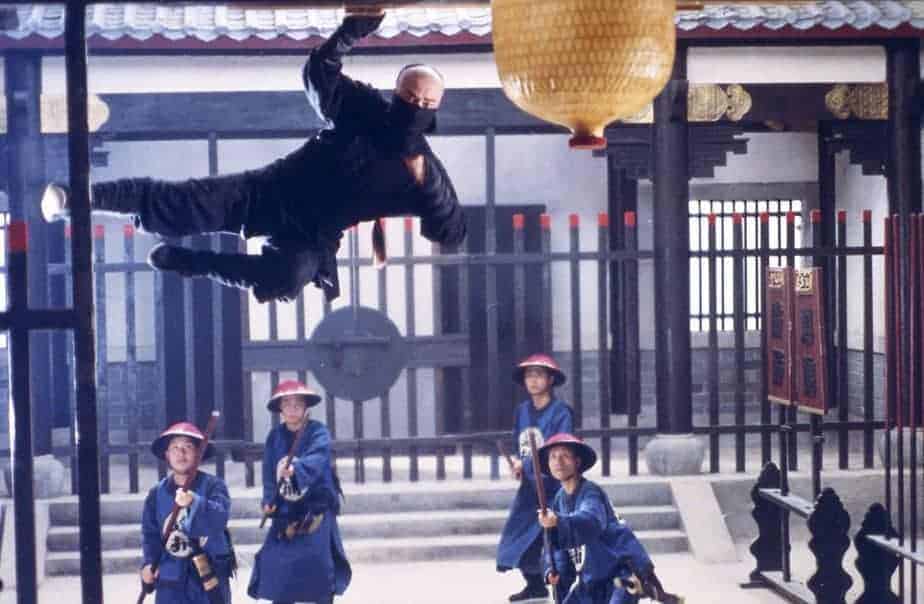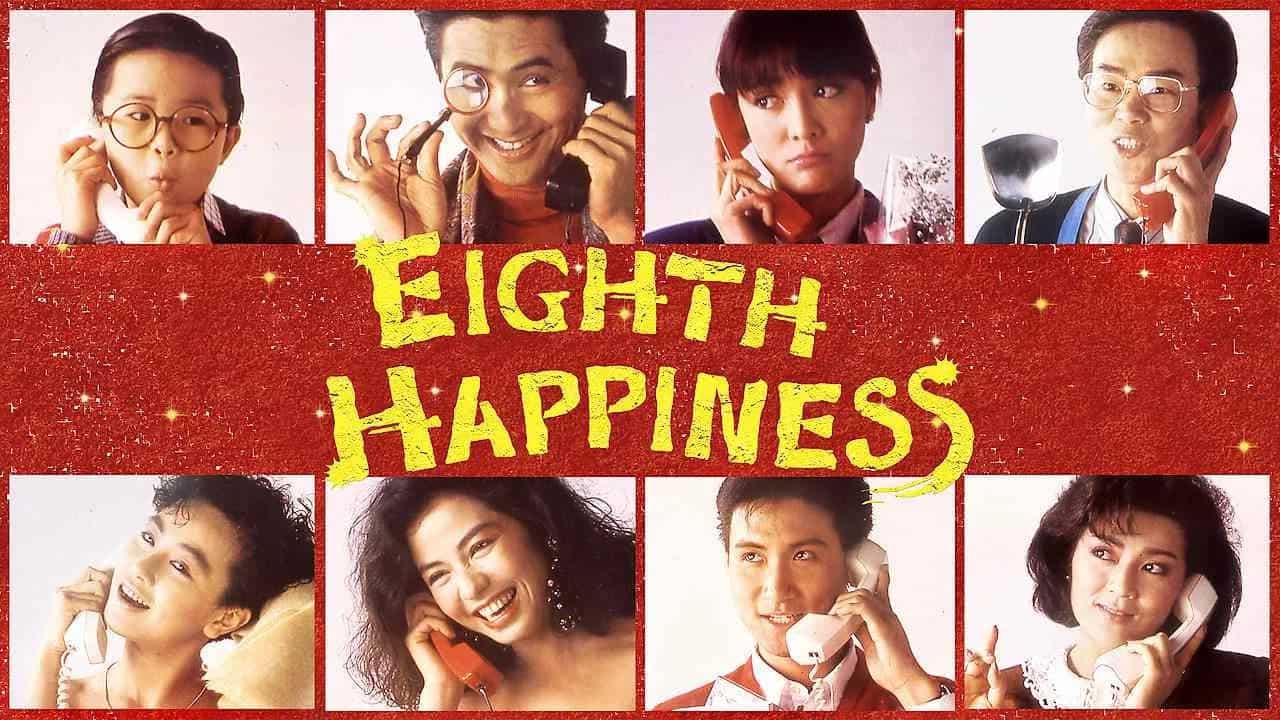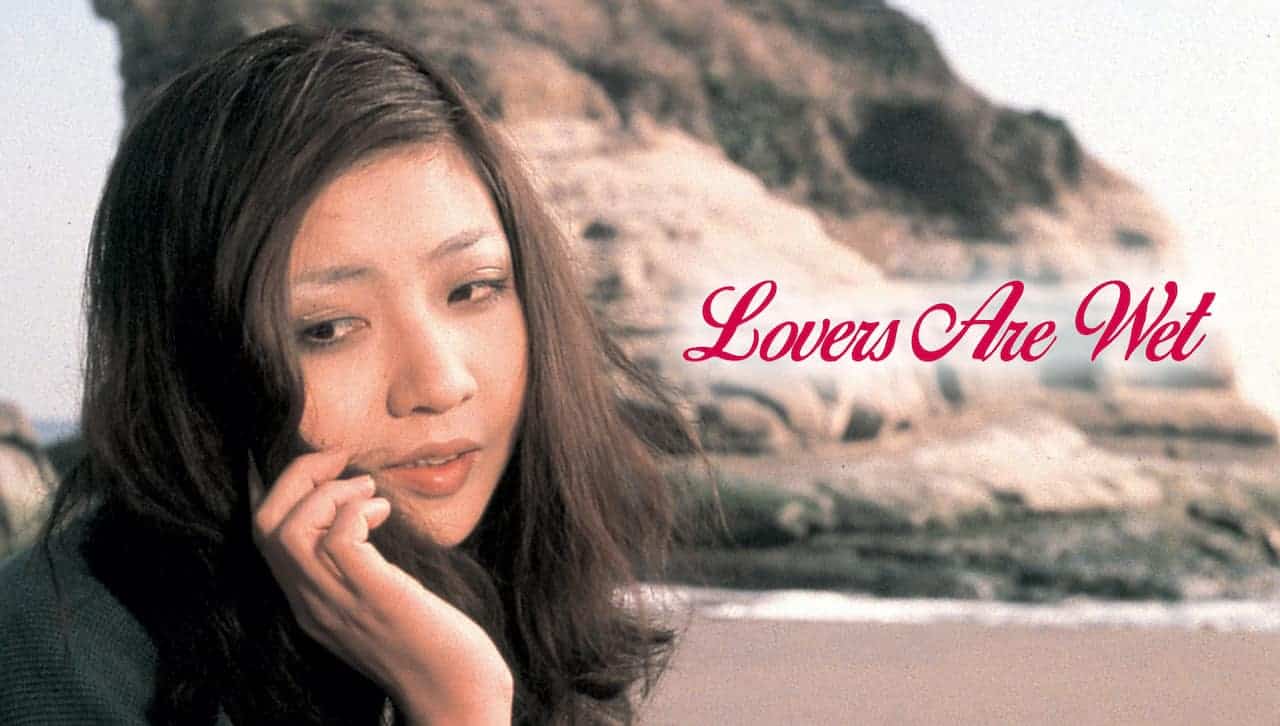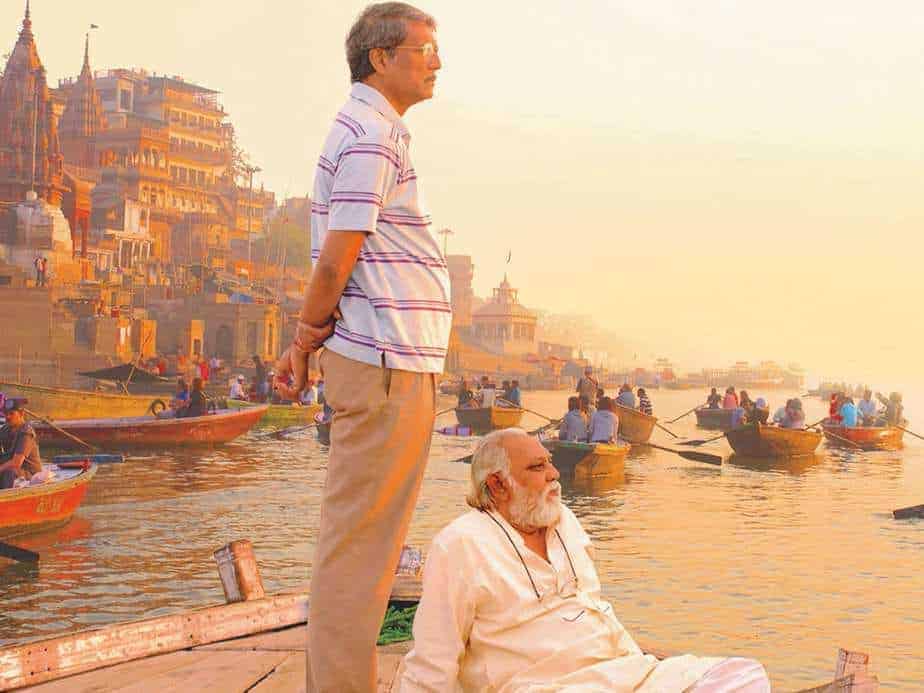Screened in the Un Certain Regards section of 1995 Cannes, Mohsen Makhmalbaf's “Salaam Cinema” was created as a tribute to motion pictures itself, a centennial celebration of the Lumière brothers' first films. It is a fascinating, complex metatheatrical look into the duality of acting and action, film as a medium and industry, and the reframing of human desire and emotion when the boundary between reality and fiction is manipulated. Shot to look and even function like a documentary, the filmmaker illuminates the undercurrents of humanity, and by examining humanity, he illuminates the undercurrents of cinema.
Makhmalbaf plays a fictional version of himself as “the director,” running a casting call for a new film where thousands of hopeful actors show up. Within its short 75-minute runtime, he pushes a slew of auditionees to their limits under his controlled conditions by drilling them with questions and asking them why they want to perform, with a focus on two 16-year-old aspiring actresses. By doing so, he gets most of them to act truly without asking, by pitting them against each other. He forces them in the audition room to make choices that they otherwise wouldn't have, as if taking on the role of a character. Meanwhile, the director films the entire audition process, intending to use the footage as the movie itself; the casting call was merely a way to elicit actors' reactions as cinematic subjects.
“Salaam Cinema” functions on at least three levels, including the controlled audition process and the film that viewers are watching. In the audition room, the director is the gatekeeper of what is art and what isn't, who is worthy and who isn't. By blaming cinema as “cruel,” he takes the blame off himself and instead places it on the faults of the entertainment industry. But when he reverses the playbook and says that there's room for everyone in cinema as a ploy to toy with the young aspiring actresses, it's up to them to decide what is truth and what is reality, having already been played with all along.
The filmmaker slowly peels back the layers of the audition room by intercutting shots of cameramen and gaffers adjusting equipment and lighting. The viewer is thus introduced to this second level — the director's movie — that most of the auditionees seem to forget about when they're in the room. Being so focused on impressing the fictional Makhmalbaf, they forget that he told them through the megaphone that this is the film and that the audition process is creating the footage. Even the audience is led into a trap with the documentary style, as we don't ever see the creation of “Salaam Cinema”, only those making the film within the film. The level between this inner movie and the outer layer is concealed within the depths of the work. Spectators must pick apart truth from fiction, and only within the last ten minutes does the filmmaker graciously give the smallest of glimpses of the “technical reality” as the director dismisses the girls and the crew, only to cut back to the audition room as the girls themselves take over the role of director.
Makhmalbaf plays a perfectly unimpressed director opposite an ensemble cast of characters, especially the two young women actors who are credited as playing themselves. How much is scripted versus unscripted is unclear, but the actors bring an undeniable authenticity to the work. They dominate the majority of the film's second half, moving between insecurity and pride, excitement and anxiety. By using crying as his “threshold” for being in the film or not, the director forces people to induce their bodies to act not merely emotionally, but physically. He frames the ability to cry in real life on command as a fundamental skill to arouse pity, but he skillfully omits the fact that this is also acting. The actors thus induce themselves to shed tears, almost fearfully. Makhmalbaf thus blurs the line between documentary and fiction, acting and simply behaving, and perhaps even suggests that there is no difference.
The centerpiece of “Salaam Cinema” is a single song played at the beginning of the work's run-time, “Dance of Spring” by Iranian American composer Shahrdad Rohani. A short orchestral piece bursting with life and spirit, it signals a world of possibilities that will soon be whittled down to create a masterpiece of puzzle work. The camerawork is subtle, static, almost entirely unassuming, to the point that the viewer is implored to forget that the movie is scripted, as pieces of technical equipment and cinematographers holding cameras onscreen are used to create the image of a documentary. Often, the camera is also filming actors alongside what is in frame, creating a seamless connection between fiction and reality.
It is easy to forget that the movie is, in fact, not a true documentary, which points to Makhmalbaf's skill of manipulation as a filmmaker. Tumbling into the multi-layered façade of “Salaam Cinema”, he unveils how it can be read in a cultural context as a rough allegory for government and dictator-like oppression through the director's demands. However, he also demonstrates a universal human trait of how the opportunity to rise into power after being oppressed can bring out the worst in people. This element of the film touches back on the idea of using cinema to examine humanity. When the director grants the girls the power to do exactly what he did to them, they replicate the same conditions. But this, too, is acting, as they take on the persona of the director almost word for word. It's their chance to be in power; once given the chance to be on top, they choose to be inhumane and artists as well, rather than humane and give up their art.

















